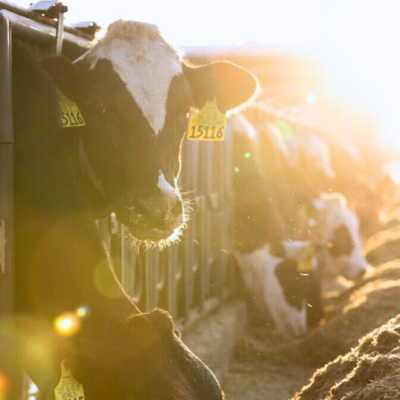Keep ahead of the threat
Stay up to date with the latest mycotoxin information by signing up to our newsletter

Blog
Mycotoxins and Pigs: A Meta-Analysis
April 11, 2024Mycotoxins impair pig health and productivity. This recently published meta-analysis highlights their pervasive effects and the efficacy of YCWE in mitigating risks. Discover essential insights for producers navigating the intricate landscape of pig nutrition.
Read more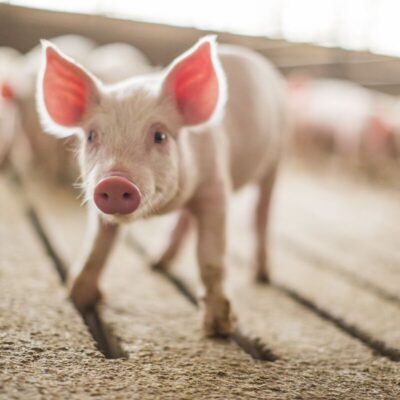
Alltech 2023 Harvest Analysis: Mycotoxin Insights and Solutions
March 05, 2024Explore the key insights from the Alltech 2023 Harvest Analysis, uncovering the trends and solutions to navigate mycotoxin challenges in global agriculture.
Read more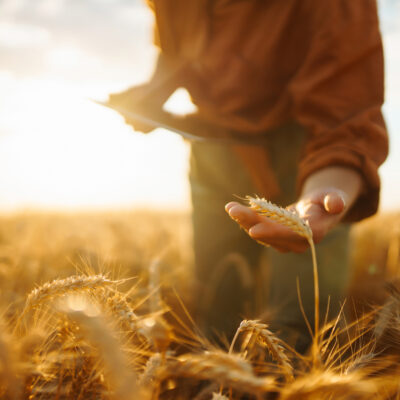
Mycotoxin Prevalence in Asia for Ruminant Species: Trends, Challenges, and Control Strategies
January 15, 2024Mycotoxins threaten Asia’s ruminant industry, with diverse climates fostering contamination. A recent survey reveals an average of 6.9 mycotoxins in raw materials, emphasizing a 40% risk. Proactive strategies like regular monitoring, quality sourcing, and expert consultation are crucial for effective mycotoxin control. Learn more.
Read more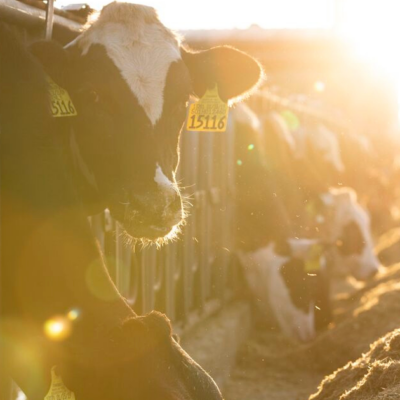
Insights from the 2023 World Mycotoxin Form
November 28, 2023The 14th edition of the World Mycotoxin Forum recently took place in Antwerp, Belgium, attracting global leaders from various sectors of the industry. The event served as a platform for in-depth discussions on integrated strategies aimed at ensuring the safety and security of the food and feed supply chain. Learn more about the key takeaways
Read more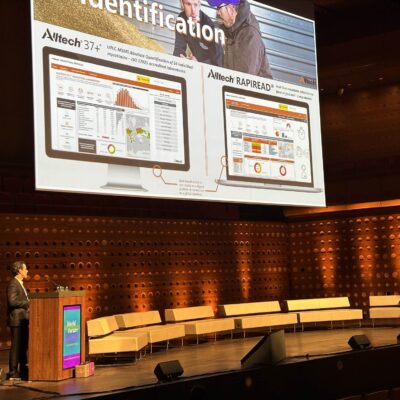
Understanding mycotoxin risk and the impact on egg and chick quality
October 27, 2023Discover the hidden dangers of mycotoxins in poultry. These naturally occurring toxins disrupt egg quality, fertility and chick health. Explore the complex impact of mycotoxin contamination on poultry production and learn how to safeguard poultry health and performance in this blog.
Read more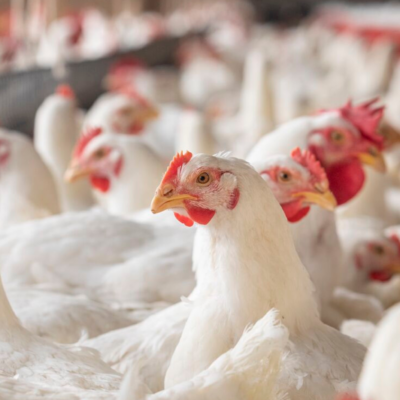
Mycotoxin control: A view from the field
September 26, 2023In such dynamic environments, where even the slightest change in feed quality can have significant repercussions on animal productivity, effective mycotoxin control is one of the key areas of focus. Learn more about how Alltech’s European Technical Support team, Dr. Hazel Rooney and Per Laustsen support pig producers in this blog.
Read more
Assessing the risk: The mycotoxin presence in shrimp feed in 2023
August 25, 2023Dive into the depths of aquaculture to understand the risk associated with mycotoxins in shrimp feed. Learn more about the hidden threats, emerging mycotoxins and strategies to safeguard shrimp health in this article, by Dr. Vivi Koletsi.
Read more
The heightened risk of Penicillium mycotoxins in European forages
June 23, 2023Discover the significant impact of Penicillium mycotoxins on dairy cows in EU fermented forages. While North America faces risks from fusarium mycotoxins, the EU experiences higher risks from Penicillium mycotoxins, affecting cow health and performance. Grass silage, dominant in the EU, shows higher Penicillium levels. Learn how managing forages and implementing mycotoxin control programs can restore cow health and optimize milk production.
Read more